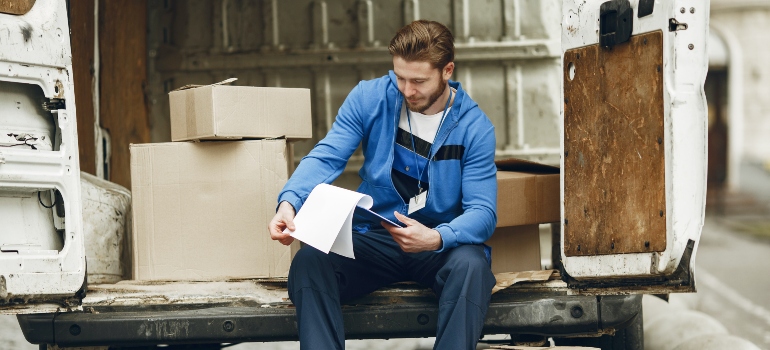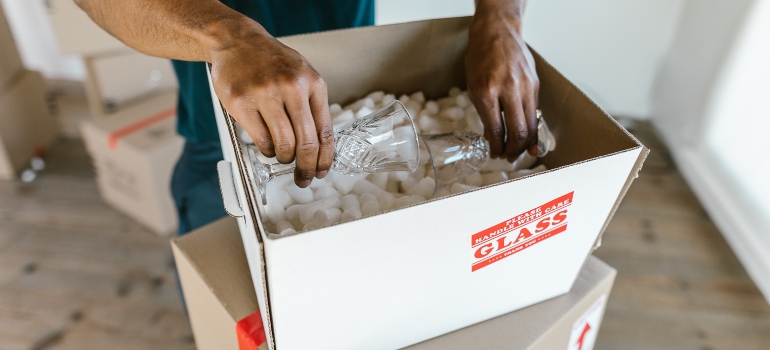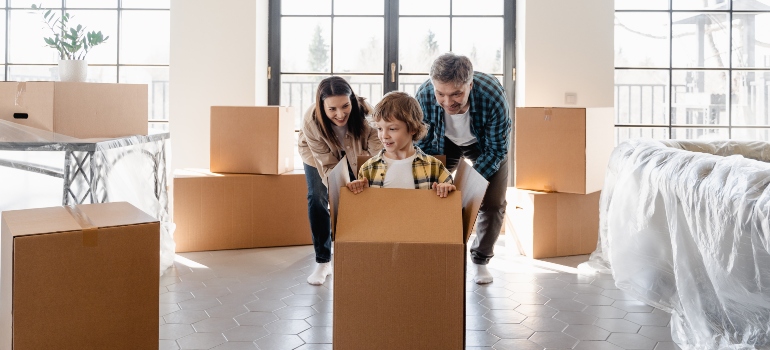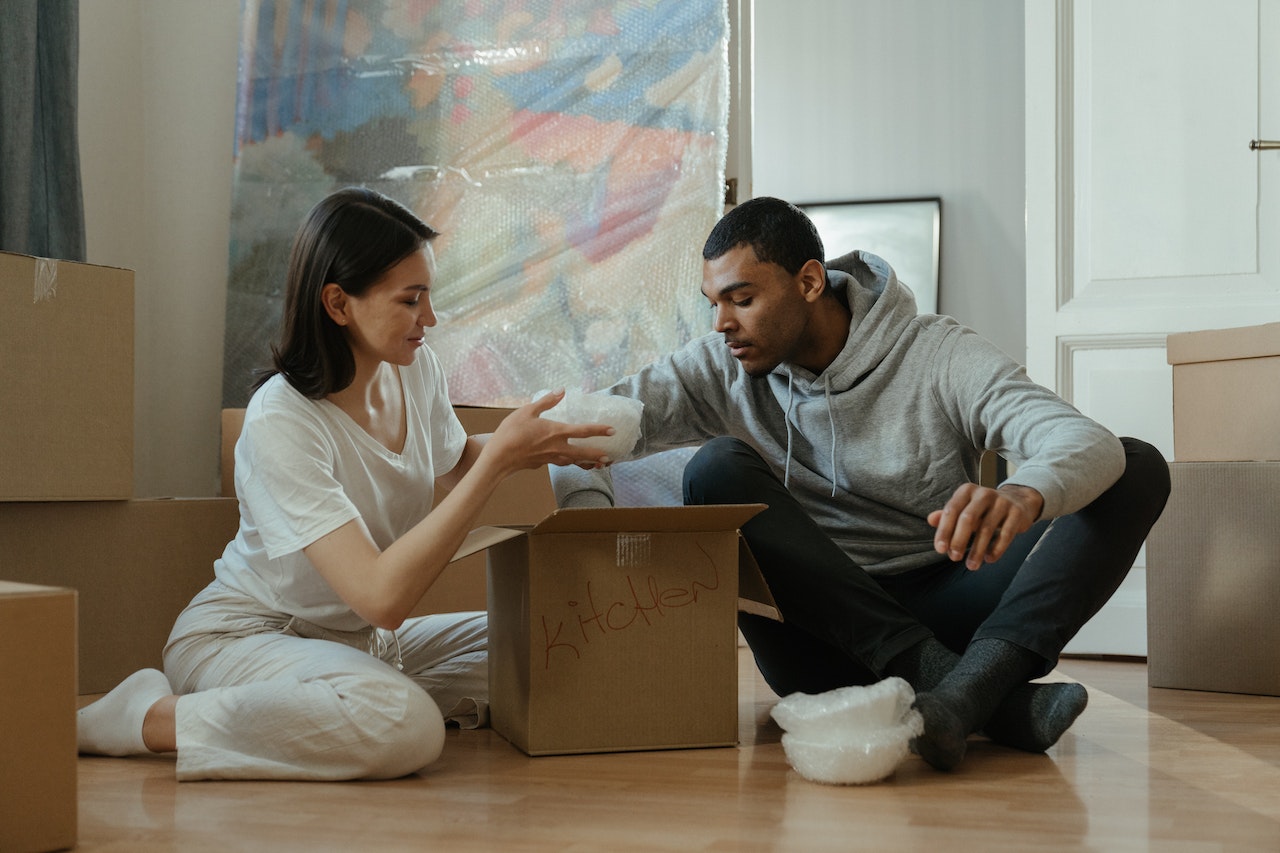Moving fragile items can be a daunting task, requiring careful planning and execution to ensure their safe transport. Navigating this challenge requires a keen understanding of the intricacies involved. One crucial aspect is the importance of proper packaging. Adequately securing delicate belongings can minimize the risk of damage during transit. However, it’s not just about wrapping items in bubble wrap; it’s about employing effective techniques and utilizing the right resources. In this article, we will explore essential tips and resources to help you move fragile items with confidence. Whether you’re relocating delicate glassware, valuable antiques, or cherished heirlooms, these insights will equip you with the knowledge. Should you need more moving advice, turn to Verified Movers, read our interesting blog section, and find all the answers.
Assessing Your Fragile Items: Determining Special Care Requirements
Before you start relocating your valuable possessions, it is crucial to assess and identify the delicate belongings that require special attention. Taking inventory of these items is the first step towards ensuring their safe transportation. Creating an inventory moving list will ensure none are overlooked or misplaced during the move. It serves as a reference for tracking and maintaining accountability.

Start by carefully examining your possessions and noting down the delicate items. These may include delicate glassware, porcelain figurines, electronics, artwork, or other sensitive objects. Make a comprehensive list to keep track of everything.
Categorizing fragility levels
Once you have identified your fragile belongings, it is helpful to categorize them based on their fragility levels. This classification allows you to allocate appropriate packaging materials, techniques, and resources based on the specific needs of each item.
Categorizing fragility levels usually involves dividing items into high-risk, medium-risk, and low-risk categories. High-risk items are extremely delicate and require the utmost care. Medium-risk items have a moderate level of fragility, while low-risk items are relatively sturdier. This approach ensures that you devote extra attention to the items most susceptible to damage and appropriately safeguard them during the moving process.
Packing Strategies for Fragile Items: Ensuring Safe Transportation
Selecting the must have packing materials and employing effective wrapping techniques is paramount to the safe transportation of fragile items. Here are some essential strategies to consider:
- Choosing appropriate packing materials: Opt for sturdy, double-walled boxes specifically designed for fragile items. These boxes provide extra protection and durability during transit. Additionally, gather essential materials such as bubble wrap, foam sheets, packing peanuts, and cushioning materials like towels or blankets.
- Wrapping techniques: Start by placing a layer of cushioning material at the bottom of the box. Individually wrap delicate items with bubble wrap or foam, paying extra attention to vulnerable areas. Secure the wrapping with tape or rubber bands to keep it in place. Fill any empty spaces in the box with packing peanuts or crumpled paper to prevent movement and minimize the risk of breakage.
- Labeling and organizing: Clearly mark boxes containing fragile items as “Fragile” or “Handle with Care.” This alerts movers to exercise caution during handling and helps prioritize these boxes when loading and unloading.

Handling Fragile Items During Loading and Unloading: Techniques for Careful Handling
Ensuring the safety of fragile items during the loading and unloading stages of a move requires careful consideration. If you hire professional movers, opt for movers with ample experience in handling delicate items. Their expertise minimizes the risk of accidents or damage, providing peace of mind throughout the process.
Play an active role in guiding the movers. Don’t hesitate to clearly communicate the fragility of certain items and provide specific instructions on how they should be handled. Directing them to treat individual boxes or objects with extra care enhances their safety. Make sure they are using gentle techniques that minimize impact and vibration. This includes avoiding sudden movements, utilizing equipment like dollies or straps, and employing proper lifting and carrying methods.
Utilizing Specialized Moving Resources: Additional Support for Moving Fragile Items
Don’t underestimate the helpfulness of specialized resources. For example, custom-built crates designed to fit your specific items provide maximum protection during transit. Custom crating ensures a secure and snug fit, minimizing the risk of damage caused by shifting or impact. Some delicate items, such as artwork, musical instruments, or electronics, require a controlled environment to prevent temperature or humidity fluctuations. Opting for climate-controlled transport helps maintain the ideal conditions throughout the moving journey, ensuring the integrity of your fragile belongings.
Finally, while precautions can significantly reduce the chances of damage, accidents can still occur when moving fragile items. Protect your belongings by obtaining fragile item insurance. This type of insurance provides coverage for the repair or replacement costs of damaged items, offering financial protection and peace of mind throughout the moving process.
Unpacking and Reassembling Fragile Items: Cautious Care After the Move
After the move, a methodical and gentle unpacking process is crucial to maintain the safety of fragile items. Take your time and handle each box with care, especially those labeled as fragile. Keep the unpacking process organized, ensuring that fragile belongings are given priority and handled with the necessary caution.

When it comes to reassembling furniture and electronics, it is advisable to follow the manufacturer’s guidelines. This ensures proper assembly and minimizes the risk of damage or improper functioning. Refer to the manufacturer’s instructions or online resources for step-by-step guidance.
After unpacking and reassembling, conduct a thorough post-move inspection of your fragile items. Verify their condition and compare it to the pre-move state. If you notice any damage or issues, promptly notify the movers and document the findings. This step is important for potential insurance claims or resolving any disputes related to the condition of your fragile belongings.
Safely Transport Fragile Items: Expert Tips and Resources for a Damage-Free Move
Moving fragile items successfully requires a combination of planning, proper packaging, careful handling, and utilizing specialized resources. Implementing the tips and resources outlined in this article can enhance the safety and security of your delicate belongings during the moving process. Remember, each fragile item represents a valuable possession, sentimental treasure, or important investment. Therefore, take the necessary precautions and utilize the appropriate resources to ensure their protection and preserve their condition. So, as you prepare for your next move, apply these insights and embark on a journey that prioritizes the safe transport of your fragile items.




